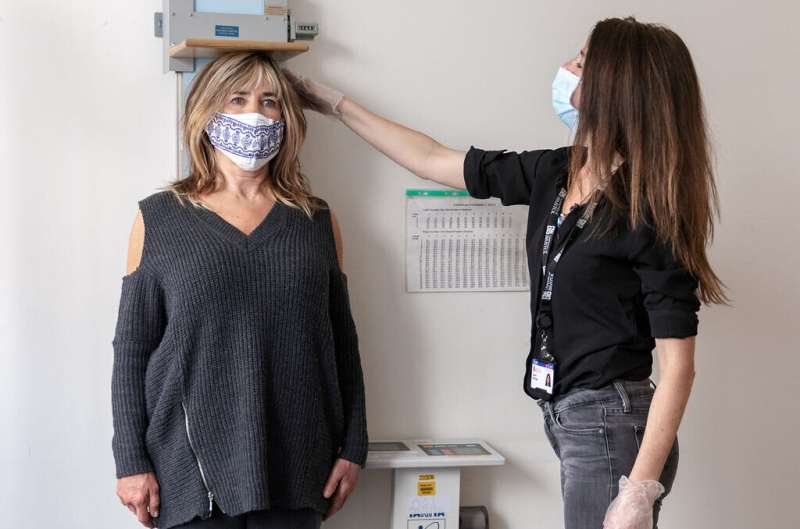oxycodone 10mg street price

Thirty years after it first started, the Children of the 90s health study—one of the largest, most detailed longitudinal birth cohorts in the world—announced today that it will launch its biggest collection of health data yet on three generations of Bristol families in September.
The new clinic will take place at the University of Bristol (where the study is based) and will be the study’s largest ever clinic, aiming to enhance our knowledge about health and wellbeing—leaning on the great experience gained whilst undertaking valuable research through the COVID-19 pandemic.
Professor Jean Golding OBE launched the study in 1990 inviting all pregnant women with an expected due date between April 1991 to December 1992 in the greater Bristol area to take part using postcards handed out by midwives at antenatal clinics. Unusually for the time, generic alli usa without prescription the study enrolled mothers during pregnancy and hoped to understand how environment, genes and lifestyle impacted on the developing foetus and child’s development.
The new clinic will launch in September 2021 and is called ‘@30’ to reflect 30 years of the study. The original Children of the 90s babies (who are now turning 30) – the focus of the study—will be invited to take part in a face-to-face clinic alongside their partners, children and parents. This brings together all three generations of the study for the first time and will be the largest data collection yet.
New “virtual clinics” will also be launched alongside the in-person sessions, to allow for flexibility with any future potential COVID-19 restrictions and also to make it safer, easier and more convenient for people to take part in the study. Gathering such detailed health and lifestyle data on Children of the 90s participants will allow researchers to continue to explore a huge number of potential connections between life course factors, health and wellbeing.
Participants will have various clinical measurements and samples taken including height, weight, blood pressure, lung function, hearing and vision alongside assessments of their mental health and cognitive function. The data and biological samples collected will be added to one of the world’s most detailed biomedical resources for health researchers.
Looking back, over 2,200 research articles have been published using the study’s data and samples. These include topics as wide-ranging as diet and fitness, mental health, autism, parenting patterns, self-harm and the impact of genes, environment and major life events on physical and mental health.
Recent studies have tracked the impact of COVID-19 mitigation measures on the mental health of all three generations in the study—marking a worrying increase in anxiety in young people and a worsening pattern of emotional difficulties and behavioural issues in primary school-aged children. Current studies are also exploring the immune response to COVID-19 after infection or vaccination and seek to understand and provide better clinical treatments for long-COVID.
Professor Nic Timpson, Principal Investigator commented: “From the very beginning, the Children of the 90s health study has challenged convention by collecting all the health data it could. In doing so, it demonstrated the value of detailed, repeated health data collection across generations over time.
“Today the study is recognised globally both for the value of its health data and the commitment of its participants. Using our data, scientists are helping treat and prevent ill health around the world.
“Without the foresight of Professor Golding and the generosity of the original Bristol mothers she recruited we would know far less about the ways in which health and development are impacted by our lifestyle, genes and the environment in which we live.
“We are enormously excited to welcome our participants—the original children and their parents—to the upcoming @30 Clinic in September and now encourage anyone who hasn’t been involved for a while to get back in touch—their data is as unique and valuable now as it was as when they were new-borns in the 1990s.”
Source: Read Full Article
